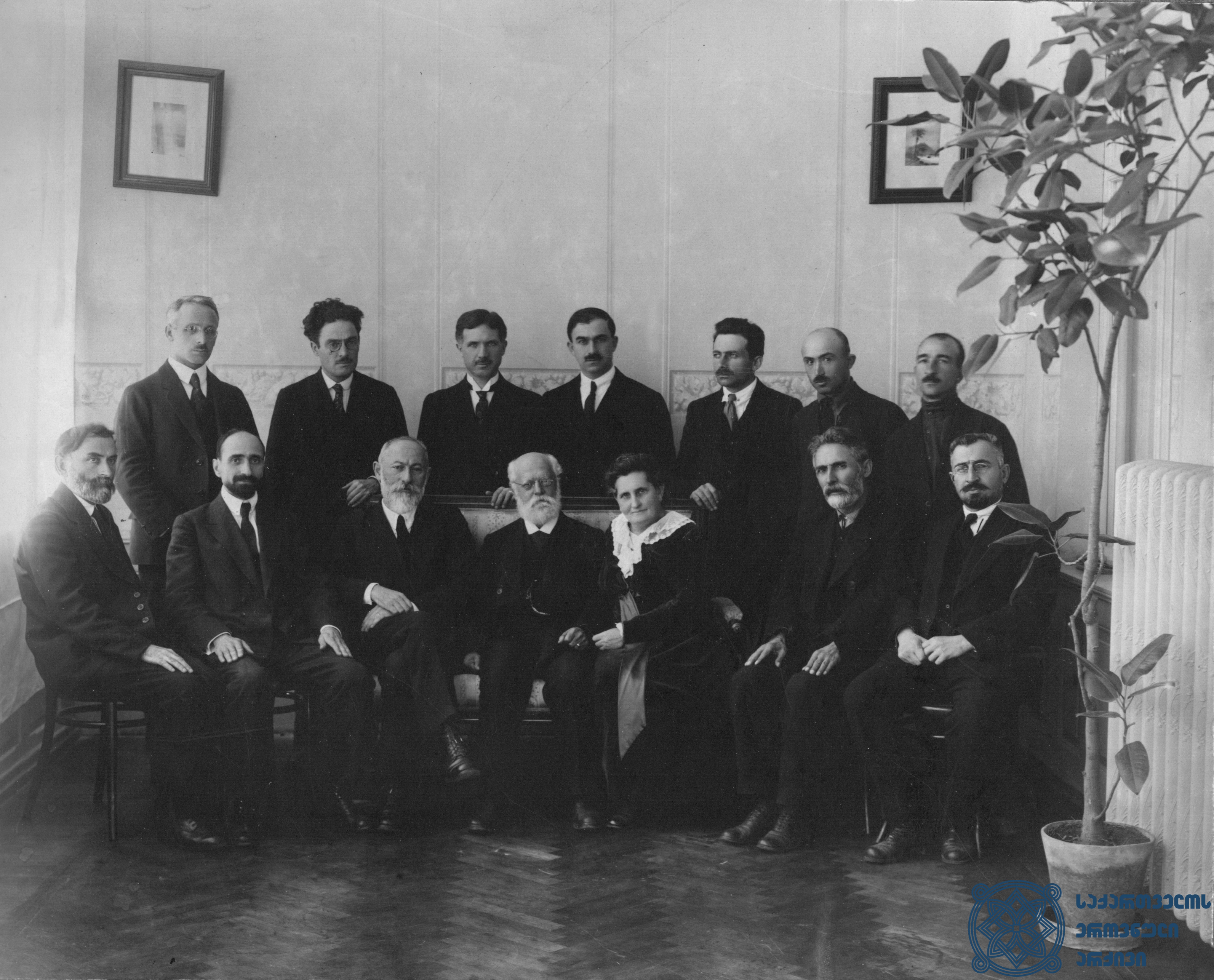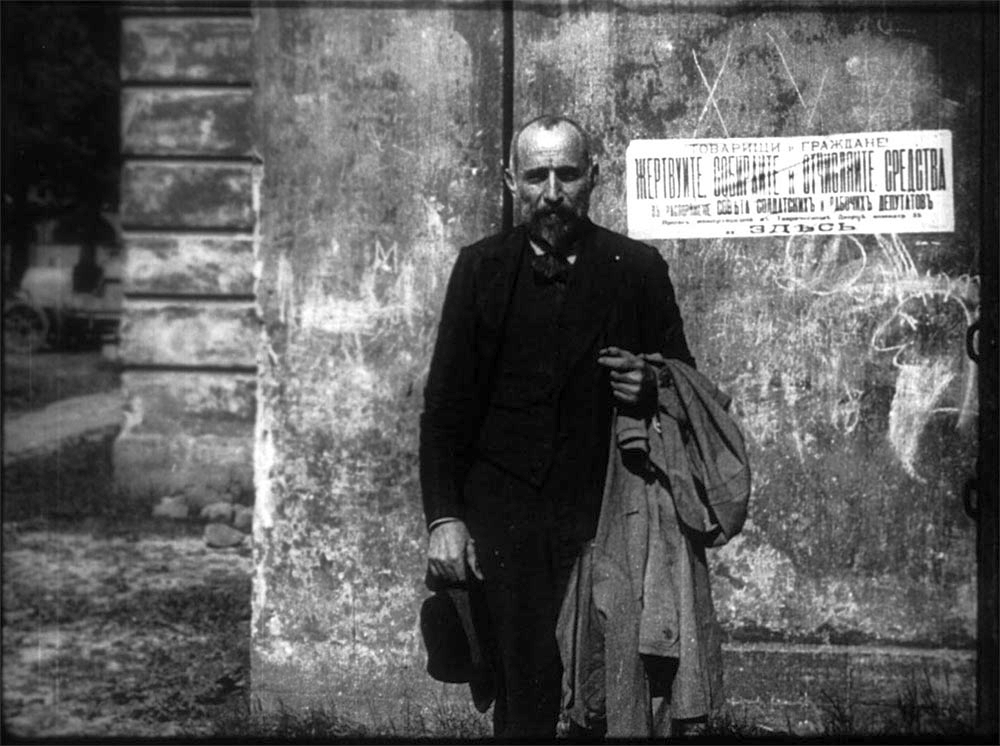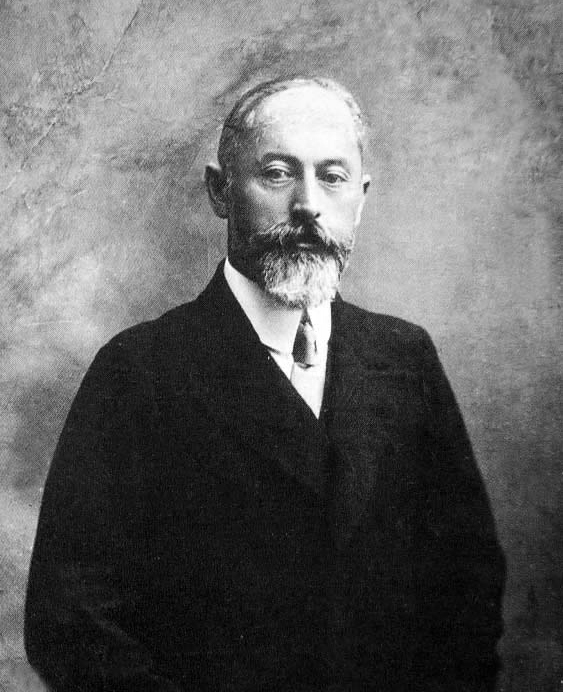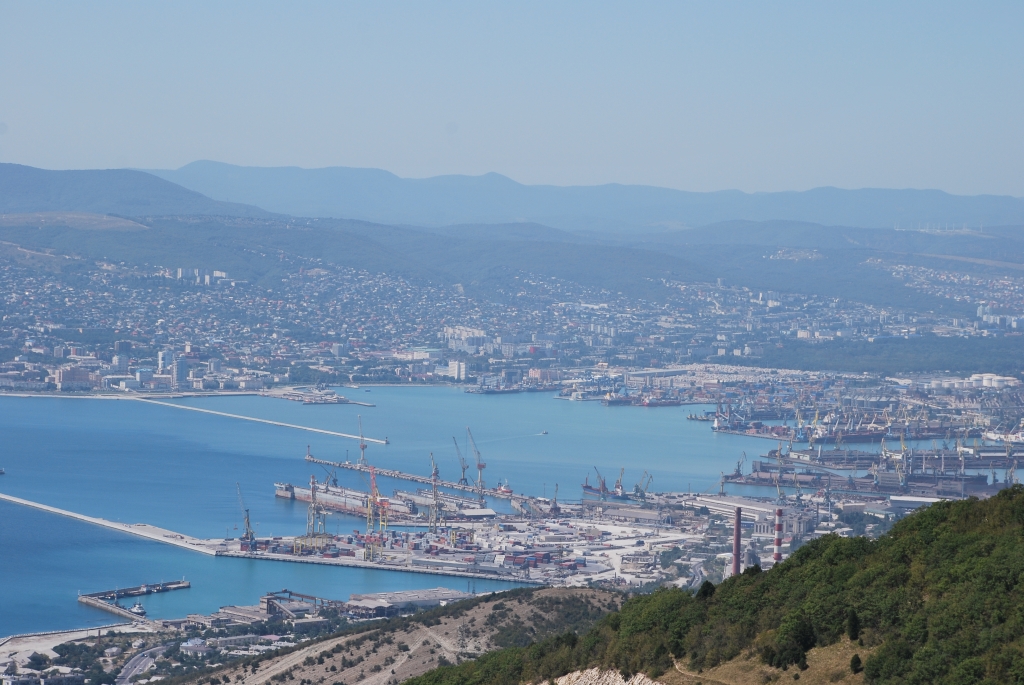|
Noe Ramishvili
Noe Besarionis dze Ramishvili ( ka, ·Éú·Éù·Éî ·ÉÝ·Éê·Éõ·Éò·É®·Éï·Éò·Éö·Éò; his name is also transliterated as ''Noah'' or ''Noi''; 5 April 1881 ‚Äì 7 December 1930) was a Georgian politician and the president of the first government of the Democratic Republic of Georgia. He was one of the leaders of the Menshevik wing of the Russian Social Democratic Labour Party. He was also known by his party noms de guerre: ''Pyotr'', and ''Semyonov N''. He joined the Russian Social Democratic Labour Party in 1902 and soon became a prominent spokesman of the Mensheviks. Biography Early years Noe Besarionis dze Ramishvili was born into a peasant family. His father, Besarion Ramishvili, was a master of building wooden houses. In 1887 Noe enrolled in the village primary school. From 1890 to 1894 he studied at the Ozurgeti Theological Seminary. In 1894 he continued his studies at the Kutaisi Theological Seminary, where he became involved in the work of the students' social-democratic circles. ... [...More Info...] [...Related Items...] OR: [Wikipedia] [Google] [Baidu] |
Nikolay Chkheidze
Nikoloz Chkheidze ( ka, ·Éú·Éò·Éô·Éù·Éö·Éù·Éñ (·Éô·Éê·ÉÝ·Éö·Éù) ·É©·ÉÆ·Éî·Éò·É´·Éî; russian: –ù–∏–∫–æ–ª–∞ÃÅ–π (–ö–∞—Ä–ª–æ) –°–µ–º—ë–Ω–æ–≤–∏—á –ß—Ö–µ–∏ÃÅ–¥–∑–µ, translit=Nikolay (Karlo) Semyonovich Chkheidze) commonly known as Karlo Chkheidze ( ‚Äì 13 June 1926), was a Georgian politician. In the 1890s, he promoted the Social Democratic movement in Georgia. He became a key figure in the Russian Revolution (February 1917 to October 1917) as the Menshevik president of the Executive Committee of the Soviet of Petrograd (until September 1917). Later he served as president of the Transcaucasian Sejm (February 1918 to May 1918), and he held office in the Transcaucasian Democratic Federative Republic (April‚ÄìMay 1918). Later he became president of parliamentary assemblies of the Democratic Republic of Georgia, National Council, Constituent Assembly and Parliament (May 1918 to March 1921). Early life and family Chkheidze was born to an aristocratic family in Puti, Kutais Governorate (i ... [...More Info...] [...Related Items...] OR: [Wikipedia] [Google] [Baidu] |
Nom De Guerre
A pseudonym (; ) or alias () is a fictitious name that a person or group assumes for a particular purpose, which differs from their original or true name (orthonym). This also differs from a new name that entirely or legally replaces an individual's own. Many pseudonym holders use pseudonyms because they wish to remain anonymous, but anonymity is difficult to achieve and often fraught with legal issues. Scope Pseudonyms include stage names, user names, ring names, pen names, aliases, superhero or villain identities and code names, gamer identifications, and regnal names of emperors, popes, and other monarchs. In some cases, it may also include nicknames. Historically, they have sometimes taken the form of anagrams, Graecisms, and Latinisations. Pseudonyms should not be confused with new names that replace old ones and become the individual's full-time name. Pseudonyms are "part-time" names, used only in certain contexts – to provide a more clear-cut separation between one's ... [...More Info...] [...Related Items...] OR: [Wikipedia] [Google] [Baidu] |
Khidistavi
Khidistavi ( ka, ·ÉÆ·Éò·Éì·Éò·É°·Éó·Éê·Éï·Éò) is a village in the Chokhatauri Municipality of Guria in western Georgia. See also * Guria Guria ( ka, ·Éí·É£·ÉÝ·Éò·Éê) is a region (''mkhare'') in Georgia, in the western part of the country, bordered by the eastern end of the Black Sea. The region has a population of 113,000 (2016), with Ozurgeti as the regional capital. Geography ... References * Populated places in Guria {{Georgia-geo-stub ... [...More Info...] [...Related Items...] OR: [Wikipedia] [Google] [Baidu] |
Chiatura
Chiatura () is a city in the Imereti region of Western Georgia. In 1989, it had a population of about 30,000. The city is known for its system of cable cars connecting the city's center to the mining settlements on the surrounding hills. The city is located inland, in a mountain valley on the banks of the Qvirila River. Geography and history 280px, Mining area in Chiatura In 1879 the Georgian poet Akaki Tsereteli explored the area in search of manganese and iron ores, discovering deposits in the area. After other intense explorations it was discovered that there are several layers of commercially exploitable manganese oxide, peroxide and carbonate with thickness varying between and . The state set up the JSC Chiaturmanganese company to manage and exploit the huge deposit. The gross-balance of workable manganese ores of all commercial categories is estimated as 239 million tonnes, which include manganese oxide ores (41.6%), carbonate ores (39%), and peroxide ores (19%). In ord ... [...More Info...] [...Related Items...] OR: [Wikipedia] [Google] [Baidu] |
Mensheviks
The Mensheviks (russian: меньшевики́, from меньшинство 'minority') were one of the three dominant factions in the Russian socialist movement, the others being the Bolsheviks and Socialist Revolutionaries. The factions emerged in 1903 following a dispute within the Russian Social Democratic Labour Party (RSDLP) between Julius Martov and Vladimir Lenin. The dispute originated at the 2nd Congress of the RSDLP, ostensibly over minor issues of party organization. Martov's supporters, who were in the minority in a crucial vote on the question of party membership, came to be called ''Mensheviks'', derived from the Russian ('minority'), while Lenin's adherents were known as ''Bolsheviks'', from ('majority'). Despite the naming, neither side held a consistent majority over the course of the entire 2nd Congress, and indeed the numerical advantage fluctuated between both sides throughout the rest of the RSDLP's existence until the Russian Revolution. The split ... [...More Info...] [...Related Items...] OR: [Wikipedia] [Google] [Baidu] |
Novorossiysk
Novorossiysk ( rus, –ù–æ–≤–æ—Ä–æ—Å—Å–∏ÃÅ–π—Å–∫, p=n…ôv…ôr…êÀàs ≤ijsk; ady, –¶I—ç–º—ç–∑, translit=Ch…ôm…ôz, p=tÕ°s º…úm…úz) is a city in Krasnodar Krai, Russia. It is one of the largest ports on the Black Sea. It is one of the few cities honored with the title of the Hero City. Population: History In antiquity, the shores of the Tsemes Bay were the site of Bata ( el, ŒúœÄŒ¨œÑŒ±), an ancient Greek colony that specialized in the grain trade. It is mentioned in the works of Strabo and Ptolemy, among others. Following brief periods of Roman and Khazar control, from the 9th century onwards, the area was part of the Byzantine Œ∏Œ≠ŒºŒ± ŒßŒµœÅœÉ·ø∂ŒΩŒøœÇ ''Thema Khersonos'' (Province of Cherson). During the 11th century, the area was overrun and controlled by nomads from the Eurasian steppe, led by the Cumans. Later that century, the Byzantine emperor ·ºàŒªŒ≠ŒæŒπŒøœÇ ŒöŒøŒºŒΩŒ∑ŒΩœåœÇ Alexios I Komnenos ( r. 1081‚Äì1118) was approached by Anglo-Saxon refugees, who had left En ... [...More Info...] [...Related Items...] OR: [Wikipedia] [Google] [Baidu] |
Rostov-on-Don
Rostov-on-Don ( rus, –Ý–æ—Å—Ç–æ–≤-–Ω–∞-–î–æ–Ω—É, r=Rostov-na-Donu, p=r…êÀàstof n…ô d…êÀànu) is a port city and the administrative centre of Rostov Oblast and the Southern Federal District of Russia. It lies in the southeastern part of the East European Plain on the Don River (Russia), Don River, from the Sea of Azov, directly north of the North Caucasus. The southwestern suburbs of the city lie above the Don river delta. Rostov-on-Don has a population of over one million people, and is an important cultural centre of Southern Russia. History Early history From ancient times, the area around the mouth of the Don River has held cultural and commercial importance. Ancient indigenous inhabitants included the Scythians, Scythian and Sarmatians, Sarmatian tribes. It was the site of Tanais, colonies in antiquity, an ancient Greek colony, Gazaria (Genoese colonies), Fort Tana under the Genoa, Genoese, and Azov#Fortress of Azov, Fort Azak in the time of the Ottoman Empire. In 1749, a c ... [...More Info...] [...Related Items...] OR: [Wikipedia] [Google] [Baidu] |
Guria
Guria ( ka, ·Éí·É£·ÉÝ·Éò·Éê) is a region (''mkhare'') in Georgia, in the western part of the country, bordered by the eastern end of the Black Sea. The region has a population of 113,000 (2016), with Ozurgeti as the regional capital. Geography Guria is bordered by Samegrelo to the north-west, Imereti to the north, Samtskhe-Javakheti to the east, Ajaria to the south, and the Black Sea to the west. The province has an area of . Guria is traversed by the northeasterly line of equal latitude and longitude. Administrative divisions Guria is divided into 4 entities (3 municipalities and 1 city), including : * City of Ozurgeti * Ozurgeti Municipality * Lanchkhuti Municipality * Chokhatauri Municipality History The territory that is now Guria was part of the kingdom of Colchis, best known in the West for the tale of the Golden Fleece. Following the collapse of the Colchian Kingdom it became part of the Kingdom of Lazica in the first century BC. In antiquity the area was a signi ... [...More Info...] [...Related Items...] OR: [Wikipedia] [Google] [Baidu] |
Tbilisi
Tbilisi ( ; ka, თბილისი ), in some languages still known by its pre-1936 name Tiflis ( ), is the Capital city, capital and the List of cities and towns in Georgia (country), largest city of Georgia (country), Georgia, lying on the banks of the Kura (Caspian Sea), Kura River with a population of approximately 1.5 million people. Tbilisi was founded in the 5th century Anno Domini, AD by Vakhtang I of Iberia, and since then has served as the capital of various Georgian kingdoms and republics. Between 1801 and 1917, then part of the Russian Empire, Tiflis was the seat of the Caucasus Viceroyalty (1801–1917), Caucasus Viceroyalty, governing both the North Caucasus, northern and the Transcaucasia, southern parts of the Caucasus. Because of its location on the crossroads between Europe and Asia, and its proximity to the lucrative Silk Road, throughout history Tbilisi was a point of contention among various global powers. The city's location to this day ensures its p ... [...More Info...] [...Related Items...] OR: [Wikipedia] [Google] [Baidu] |
Batumi
Batumi (; ka, ბათუმი ) is the second largest city of Georgia and the capital of the Autonomous Republic of Adjara, located on the coast of the Black Sea in Georgia's southwest. It is situated in a subtropical zone at the foot of the Caucasus. Much of Batumi's economy revolves around tourism and gambling (it is nicknamed "The Las Vegas of the Black Sea"), but the city is also an important seaport and includes industries like shipbuilding, food processing and light manufacturing. Since 2010, Batumi has been transformed by the construction of modern high-rise buildings, as well as the restoration of classical 19th-century edifices lining its historic Old Town. History Early history Batumi is located on the site of the ancient Greek colony in Colchis called "''Bathus"'' or "''Bathys"'', derived from ( grc-gre, βαθύς λιμεν, ; or , ; lit. the 'deep harbour'). Under Hadrian (), it was converted into a fortified Roman port and later deserted for the fortress ... [...More Info...] [...Related Items...] OR: [Wikipedia] [Google] [Baidu] |
Caucasus
The Caucasus () or Caucasia (), is a region between the Black Sea and the Caspian Sea, mainly comprising Armenia, Azerbaijan, Georgia, and parts of Southern Russia. The Caucasus Mountains, including the Greater Caucasus range, have historically been considered as a natural barrier between Eastern Europe and Western Asia. Mount Elbrus in Russia, Europe's highest mountain, is situated in the Western Caucasus. On the southern side, the Lesser Caucasus includes the Javakheti Plateau and the Armenian highlands, part of which is in Turkey. The Caucasus is divided into the North Caucasus and South Caucasus, although the Western Caucasus also exists as a distinct geographic space within the North Caucasus. The Greater Caucasus mountain range in the north is mostly shared by Russia and Georgia as well as the northernmost parts of Azerbaijan. The Lesser Caucasus mountain range in the south is occupied by several independent states, mostly by Armenia, Azerbaijan, and Georgia, but also ... [...More Info...] [...Related Items...] OR: [Wikipedia] [Google] [Baidu] |
Russian Social-Democratic Party
The Russian Social Democratic Labour Party (RSDLP; in , ''Rossiyskaya sotsial-demokraticheskaya rabochaya partiya (RSDRP)''), also known as the Russian Social Democratic Workers' Party or the Russian Social Democratic Party, was a socialist political party founded in 1898 in Minsk (then in Northwestern Krai of the Russian Empire, present-day Belarus). Formed to unite the various revolutionary organizations of the Russian Empire into one party, the RSDLP split in 1903 into Bolsheviks ("majority") and Mensheviks ("minority") factions, with the Bolshevik faction eventually becoming the Communist Party of the Soviet Union. History Origins and early activities The RSDLP was not the first Russian Marxist group; the Emancipation of Labour group had been formed in 1883. The RSDLP was created to oppose the revolutionary populism of the Narodniks, which was later represented by the Socialist Revolutionary Party (SRs). The RSLDP was formed at an underground conference in Minsk in Ma ... [...More Info...] [...Related Items...] OR: [Wikipedia] [Google] [Baidu] |



.jpg)


2.jpg)


